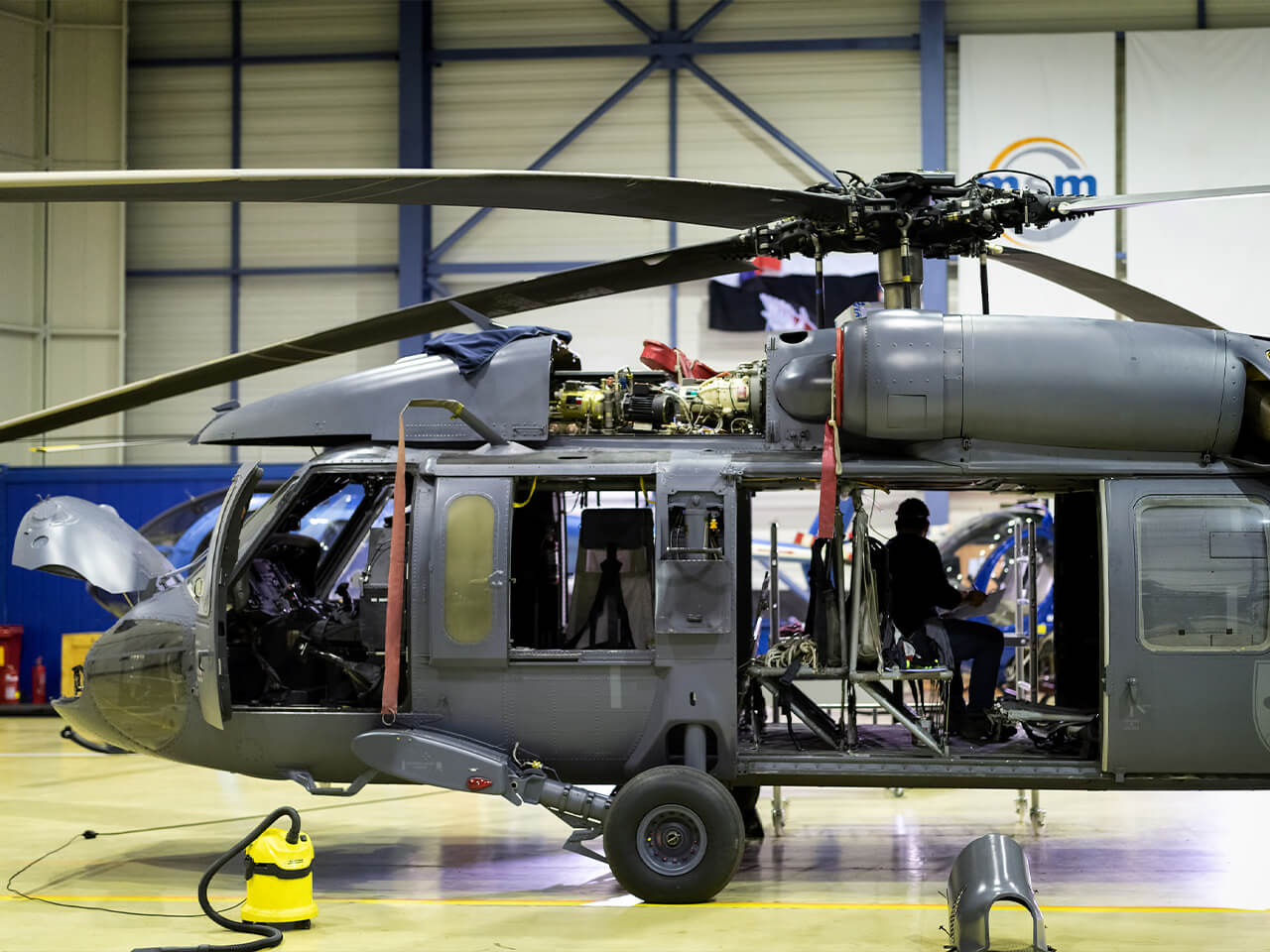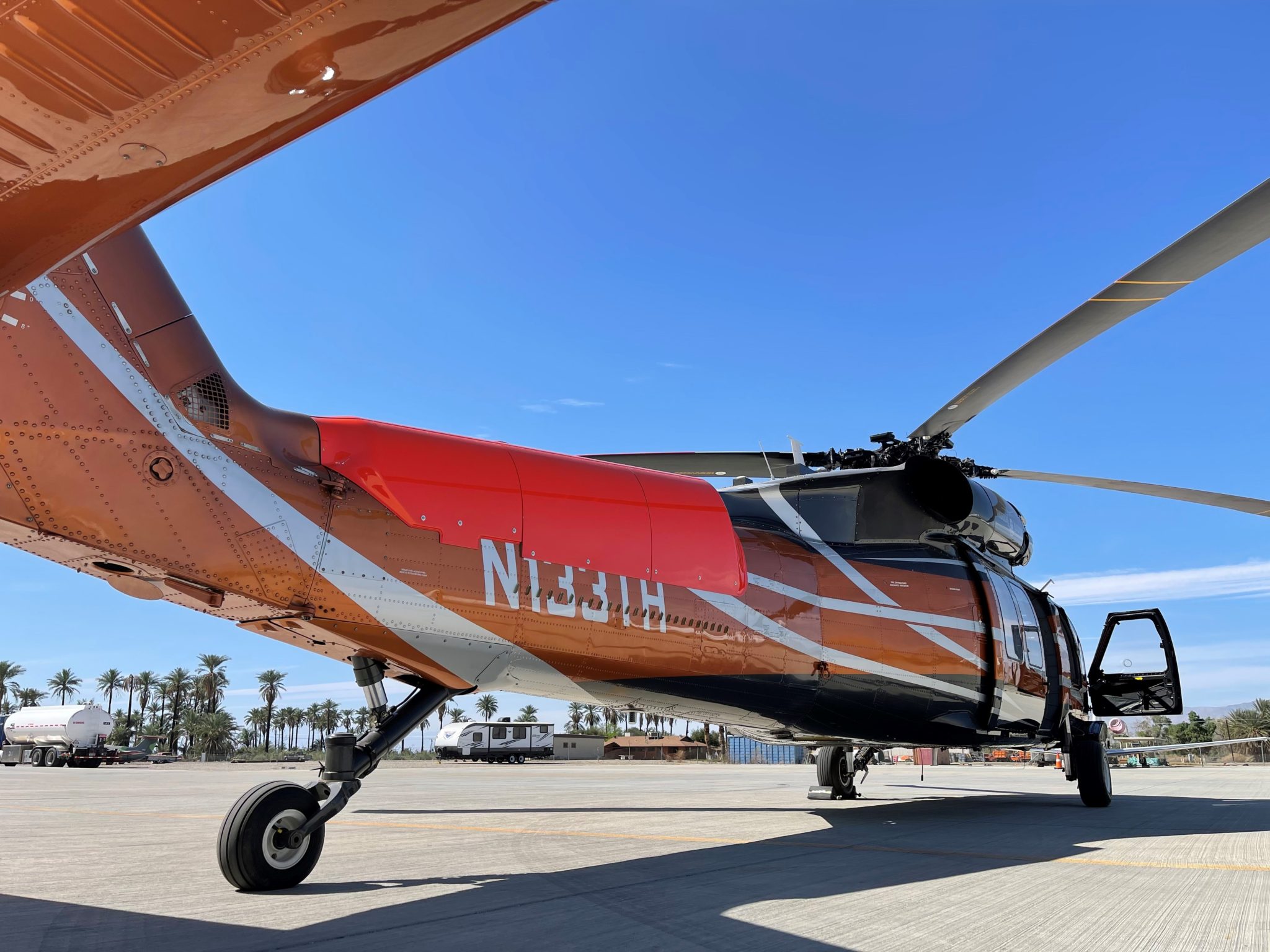Opening the Possible: Developments in UH-60 Avionics Innovation
Introducing the Key Features and Capabilities of the UH-60 Helicopter
The UH-60 helicopter stands as a testimony to the technology and design prowess of its developers. What truly sets this helicopter apart are its innovative avionics and navigating systems, making certain accuracy and precision in every mission. As we dive deeper right into the essential attributes and abilities of the UH-60 helicopter, prepare to be astounded by its unparalleled performance and the myriad of opportunities it brings to the table.
Engine and Performance
The UH-60 helicopter boasts an impressive engine and performance, showcasing its capacities in various goal scenarios. Outfitted with two General Electric T700-GE-701D turboshaft engines, each creating 1,994 horsepower, the UH-60 is capable of getting to an optimum rate of 183 knots (333 km/h) and a variety of 363 nautical miles (673 km) This level of power guarantees the helicopter's agility and rate, enabling it to maneuver swiftly in essential situations.
In Addition, the UH-60's engines are made to give outstanding power-to-weight proportion, enabling the helicopter to bring an optimum external tons of 9,000 pounds (4,082 kg) This payload capability makes it ideal for delivering soldiers, tools, and supplies, making the UH-60 a trusted asset in battle and calamity relief procedures.
In terms of performance, the UH-60 includes sophisticated modern technologies and features to boost its ability to move and stability. Its four-bladed primary rotor system, combined with a four-bladed tail rotor, offers exceptional lift capability and specific control, ensuring smooth and stable flight even in challenging environments.
Additionally, the UH-60's engine is furnished with an automated trip control system, which helps the pilots in preserving ideal flight parameters, decreasing pilot workload and enhancing safety. With its robust engine and remarkable efficiency, the UH-60 helicopter is a reliable and flexible system for completing a large range of objectives.
Avionics and Navigation Equipment
Avionics and navigation systems play a vital role in ensuring the UH-60 helicopter's operational efficiency and safety. These systems are responsible for giving the pilots with important info and tools to browse with different flight conditions and surfaces.
The UH-60 helicopter is equipped with advanced avionics systems that boost situational recognition and make it possible for exact navigation. Among the key attributes is the Integrated Avionics Suite (IAS), which consists of a digital map screen, a trip monitoring system, and a data transfer system. The electronic map display screen supplies the pilots with real-time information concerning their placement, path, and bordering airspace. The flight management system assists in planning and executing flight routes, while the information transfer system permits the exchange of info with other aircraft and ground terminals.
In enhancement to the IAS, the UH-60 helicopter is furnished with a navigating system that utilizes different sensors, such as GPS, inertial navigation systems, and Doppler radar - uh-60. These sensing units collaborate to supply trustworthy and accurate elevation, positioning, and speed info, also in difficult weather conditions or GPS-denied environments

Moreover, the UH-60 helicopter is outfitted with a Website traffic Crash Avoidance System (TCAS) and a Surface Understanding and Warning System (TAWS) The TCAS alerts the pilots to prospective aircraft crashes and provides guidance to avoid them, while the TAWS alerts the pilots of prospective terrain dangers and gives surface avoidance guidance.
Objective Abilities and Flexibility
With its sophisticated avionics and navigation systems ensuring functional efficiency and safety and security, the UH-60 helicopter showcases impressive goal abilities and adaptability. Developed to satisfy the demands of numerous objectives, the UH-60 is capable of performing a vast array of tasks, making it an important asset to armed forces operations worldwide.
One of the key mission abilities of the UH-60 is its ability to perform troop transportation. With a large cabin and seating for approximately 11 combat-equipped troops, the helicopter can swiftly transport employees to and from the battleground. This capacity makes it possible for reliable and fast deployment of soldiers, enhancing functional adaptability and responsiveness.
Along with army transport, the UH-60 masters casualty emptying (CASEVAC) goals. Outfitted with clinical equipment and stretchers, the helicopter can offer critical medical assistance to damaged personnel. Its capability to swiftly leave casualties from remote or unsafe areas can significantly enhance the opportunities of survival and reduce the time it takes to obtain medical treatment.
Additionally, the UH-60 is appropriate for search and rescue (SAR) procedures. Outfitted with innovative sensors and interactions systems, the helicopter can promptly find and extract people in distress, whether ashore or mixed-up. Its convenience in different settings and climate condition makes it a reliable asset for SAR missions.
Moreover, the UH-60 can be geared up with various weapon systems, enabling it to offer close air support and engage targets on the ground. This capability enhances the helicopter's effectiveness in fight scenarios and enhances its function as a multi-purpose system.
Defensive Solutions and Survivability
Enhancing its capability to stand up to dangers and make sure the security of its team, the UH-60 helicopter is equipped with innovative protective systems and survivability attributes. These systems are designed to safeguard the aircraft and its residents from a wide array of prospective dangers come across during armed forces operations.
One of the essential protective systems on the UH-60 is the Typical Rocket Caution System (CMWS) This system finds and tracks incoming missiles, offering the staff with timely signals and enabling them to take appropriate incredibly elusive activities. Furthermore, the helicopter is equipped with a sophisticated infrared countermeasures system, which can jam the support systems of heat-seeking rockets, raising the aircraft's possibilities of survival.
To further boost survivability, the UH-60 features a crashworthy framework and seating system. This layout is planned to decrease the danger of injuries to the crew in the event of an accident or tough landing. The helicopter is furnished with self-sealing gas storage tanks, which can page aid avoid gas leaks and fires in the event of a hit.
One more key attribute contributing to the UH-60's survivability is its redundant trip control system - uh-60. This system offers backup controls in instance the main system falls short, enabling the pilot to preserve control of the airplane and safely land it
Upkeep and Support Needs
The UH-60 helicopter requires routine maintenance and support to guarantee its optimal performance and operational readiness. As a facility aircraft, it is vital to comply with an organized upkeep program to spot and remedy any kind of potential issues. The maintenance demands for the UH-60 consist of set up evaluations, precautionary upkeep, and fixings. These tasks are executed by experienced upkeep personnel who follow strict guidelines and procedures described by the maker.
Normal inspections are conducted to assess over at this website the general condition of the helicopter and identify any indications of deterioration. This includes inspecting the engines, rotor systems, avionics, and other use this link crucial elements. Preventive upkeep jobs, such as lubricating relocating parts, changing filters, and checking electric systems, are likewise performed to avoid equipment failing and make certain the helicopter's reliability.
In addition to normal maintenance, the UH-60 requires recurring support in regards to logistics and spare components administration. A robust supply chain is required to ensure the accessibility of spare parts, devices, and devices needed for maintenance and repairs. This involves appropriate stock management, purchase, and sychronisation in between maintenance devices and vendors.
To support the UH-60 fleet properly, a detailed upkeep and support framework is established. This consists of maintenance centers, training programs for maintenance employees, and technical assistance from the manufacturer. The objective is to lessen downtime and ensure that the helicopters are constantly in a state of operational readiness, prepared to meet their objective needs.
Conclusion
Finally, the UH-60 helicopter is a remarkable airplane with outstanding engine efficiency, advanced avionics and navigation systems, and flexible goal capacities. Its defensive systems enhance survivability, making it a reputable option in numerous functional situations. However, it is essential to keep in mind that the UH-60 likewise needs normal upkeep and support to guarantee its ongoing operational performance. Overall, the UH-60 helicopter stands as a highly qualified and dependable airplane in military and civilian applications.

To better improve survivability, the UH-60 features a crashworthy structure and seats system.In final thought, the UH-60 helicopter is an impressive airplane with outstanding engine performance, advanced avionics and navigation systems, and flexible mission capabilities.